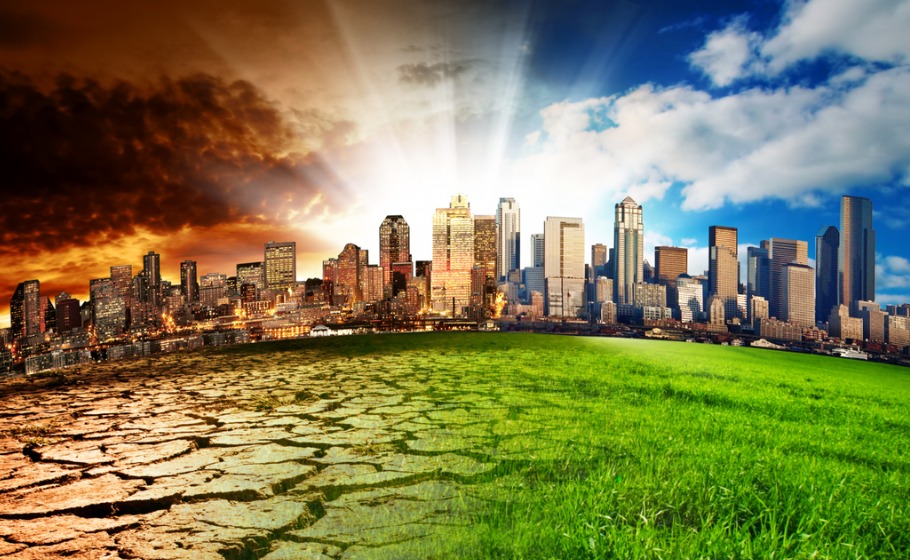
100% rise in number of hot days, cities with +50 degrees Celsius temp

The world is warming fast as is evident from a global analysis that shows 100 per cent rise in the number of extremely hot days (temperature above 50 degrees Celsius) per year in the last two decades.
The number of cities affected by +50 degrees Celsius temperatures too has increased exponentially during the same period — most of them in the Middle East and Gulf regions.
The global study, conducted by BBC, indicates that climate change is happening and affecting biotic as well as abiotic life on earth in unprecedented ways, thus calling for fast and decisive action.
Scientists warn that days over 50 degrees Celsius will become a common phenomenon unless we cut fossil fuel consumption drastically. “The increase (in temperature) can be 100% attributed to the burning of fossil fuels,” says Dr Friederike Otto, associate director of the Environmental Change Institute at the University of Oxford.
The recording of +50 degrees Celsius temperature has been gradual with 14 days a year on average between 1980 and 2009. For the next 10 years (2010 to 2019), the number of days when temperature rose above 50C increased to 26.
India too suffered during the same period with prominent increase in the frequency, duration, and intensity of cyclonic storms over the Arabian Sea, says a study published in Climate Dynamics. The frequency of cyclonic storms went up by 52% and their duration rose to 80%. The intensity of cyclonic storms has gone up by 20% in the pre-monsoon period and 40% during the post-monsoon period. Cyclone energy has gone up by 300% in the Arabian Sea.
The latest inter-governmental panel on climate change (IPCC) report also shows increase in extreme weather events in South Asia. Heat waves will become more intense and frequent in the 21st century. Besides, summer and monsoon precipitation will increase and become more frequent.
Also read: Promoting agroforestry the way forward in mitigating climate change
“In the US, climate change has turbocharged severe storms, fires, hurricanes, coastal storms and floods — threatening millions,” the Washington Post recently reported. “Nearly 1 in 3 Americans experienced a weather disaster this summer.”
Meanwhile, a latest World Bank study suggests that about 216 million people will be compelled to migrate by 2050 with the developing world bearing maximum brunt. About 86 million people will migrate in sub-Saharan Africa; 49 million in East Asia and the Pacific, 40 million in South Asia, 19 million in North Africa, 17 million in Latin America and 5 million across Eastern Europe and Central Asia, reported the latest Groundswell report.
US President Joe Biden said after recent New York floods: “The threat is here. It’s not going to get any better. The question is can it get worse? We can stop it from getting worse.”
“We need to act quickly. The faster we cut our emissions, the better off we’ll all be,” Dr Sihan Li, a climate researcher at the University of Oxford, told the BBC.


